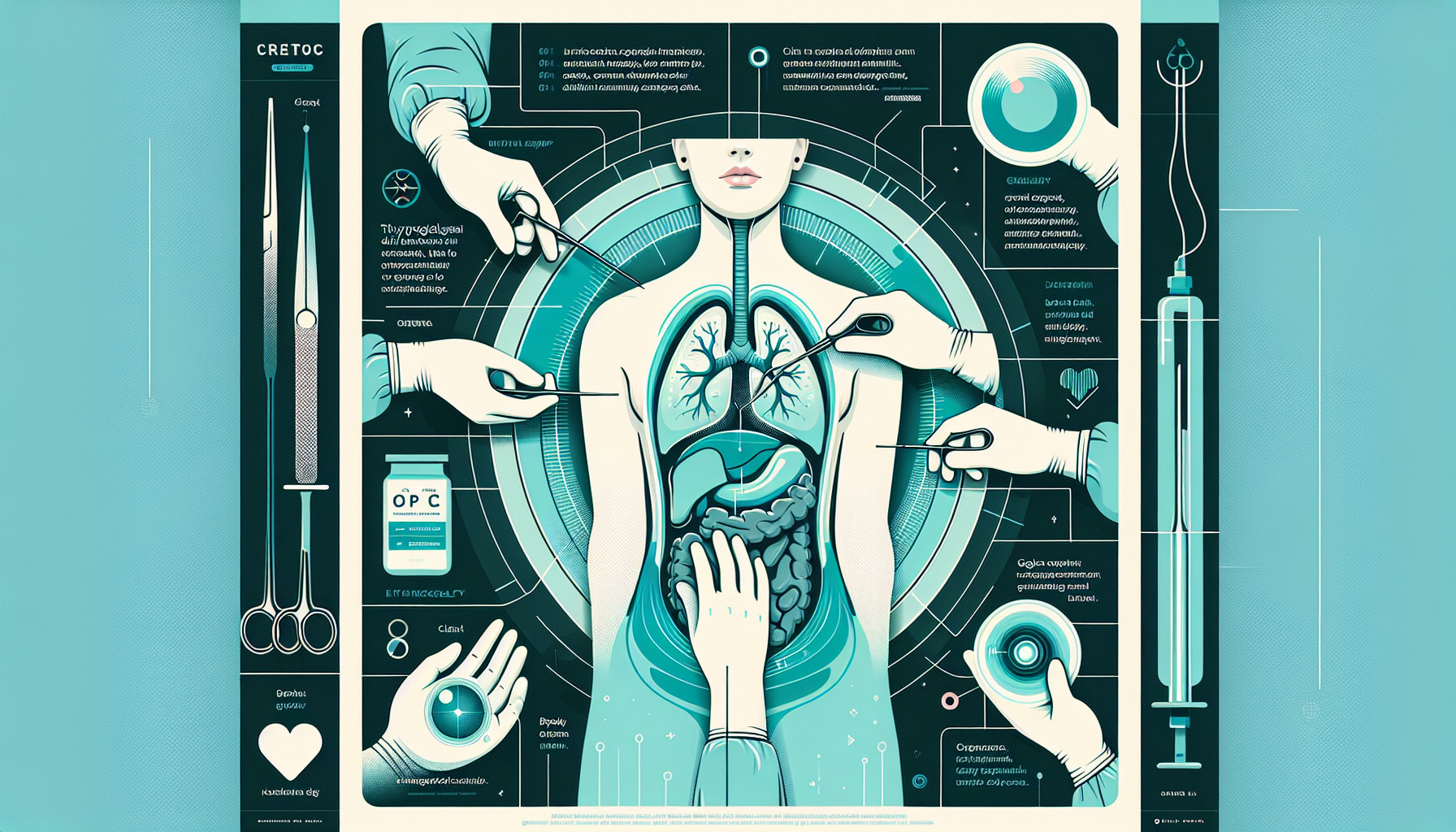Our Summary
This research paper is about a new way of doing a certain type of surgery on the neck using robots. Traditionally, this surgery (called the Sistrunk operation) leaves a visible scar on the neck. However, the researchers used a new technique where they made the incision behind the ear, similar to a facelift. This hides the scar and makes the aftermath of the surgery look better. The researchers tested this new technique on six patients and it worked well in all of them. The patients were also happy with how they looked after the surgery. The research concludes that this new method is a safe and effective way to do this surgery with better cosmetic results.
FAQs
- What is the new method of performing the Sistrunk operation mentioned in the research?
- How does the new technique of thyroglossal duct cyst removal differ from the traditional method?
- Were the patients satisfied with the cosmetic results of the surgery using the new method?
Doctor’s Tip
A helpful tip a doctor might give a patient about thyroglossal duct cyst removal using the new technique mentioned in the research paper would be to discuss the option of having the incision made behind the ear to minimize visible scarring on the neck. This new technique has been shown to provide better cosmetic results and may be a good choice for patients concerned about the appearance of their neck after surgery. It is important to discuss all options with your doctor and choose the best approach for your individual needs and preferences.
Suitable For
Patients who are typically recommended thyroglossal duct cyst removal are those who have a thyroglossal duct cyst that is causing symptoms such as difficulty swallowing, neck pain, or a visible lump in the neck. Thyroglossal duct cysts are usually found in children but can also occur in adults. In some cases, the cyst may become infected or cause recurrent infections, which may necessitate surgical removal.
In the study mentioned above, the researchers focused on patients with thyroglossal duct cysts who were candidates for the Sistrunk operation. This operation involves removing the cyst, along with a portion of the hyoid bone and the tract that connects the cyst to the base of the tongue. Traditionally, this surgery leaves a visible scar on the neck, which can be a concern for some patients, especially cosmetically conscious individuals.
The new technique described in the research paper offers an alternative approach to the Sistrunk operation, with the incision made behind the ear instead of on the neck. This results in a hidden scar that is not as noticeable, providing better cosmetic outcomes for patients. The study showed that this new method was safe and effective in treating thyroglossal duct cysts, with all six patients experiencing positive results and satisfaction with their post-operative appearance.
Overall, patients who are concerned about the cosmetic aspect of thyroglossal duct cyst removal may benefit from this new technique, as it offers a more aesthetically pleasing outcome compared to traditional surgical methods. Additionally, individuals who have recurrent infections or other symptoms related to their cyst may also be recommended for surgical removal to alleviate their symptoms and prevent complications.
Timeline
Before the thyroglossal duct cyst removal surgery, the patient may have experienced symptoms such as a visible lump or swelling in the neck, difficulty swallowing or breathing, and recurrent infections in the neck area.
The patient would undergo pre-operative evaluations such as blood tests, imaging studies, and consultations with the surgeon to discuss the surgical procedure and potential risks.
On the day of the surgery, the patient would be prepared for the procedure, which typically involves general anesthesia. The surgeon would make an incision in the neck to remove the cyst and any surrounding tissue, followed by closure of the incision with sutures.
After the surgery, the patient may experience pain, swelling, and discomfort in the neck area. Pain medication and antibiotics may be prescribed to manage post-operative symptoms.
The patient would be advised to follow post-operative care instructions, such as keeping the incision site clean and dry, avoiding strenuous activities, and attending follow-up appointments with the surgeon for monitoring and suture removal.
Over time, the incision site would heal, and the patient would notice a reduction in swelling and improvement in symptoms. The scar may fade and become less noticeable as it continues to heal.
In the case of the new technique using robots for the Sistrunk operation, the patient would likely experience similar pre-operative and post-operative steps, but with the added benefit of a hidden scar behind the ear, resulting in better cosmetic outcomes. The patient’s satisfaction with the surgical results would be assessed during follow-up appointments.
What to Ask Your Doctor
- What are the benefits of using the new robotic technique for thyroglossal duct cyst removal compared to traditional methods?
- What are the risks and potential complications associated with this new technique?
- How long is the recovery time expected to be with the new robotic technique?
- Will there be any restrictions on activities or diet post-surgery?
- Are there any long-term effects or considerations to keep in mind with this new technique?
- How many surgeries of this type have you performed using the new robotic technique?
- Can you provide before and after photos of patients who have undergone thyroglossal duct cyst removal using this new technique?
- What is the success rate of the surgery using the new robotic technique?
- Will there be any follow-up appointments needed after the surgery?
- Are there any alternative treatment options for thyroglossal duct cyst removal that I should consider?
Reference
Authors: Lee DW, Tae K. Journal: Wideochir Inne Tech Maloinwazyjne. 2020 Mar;15(1):245-248. doi: 10.5114/wiitm.2019.88751. Epub 2019 Oct 15. PMID: 32117512
